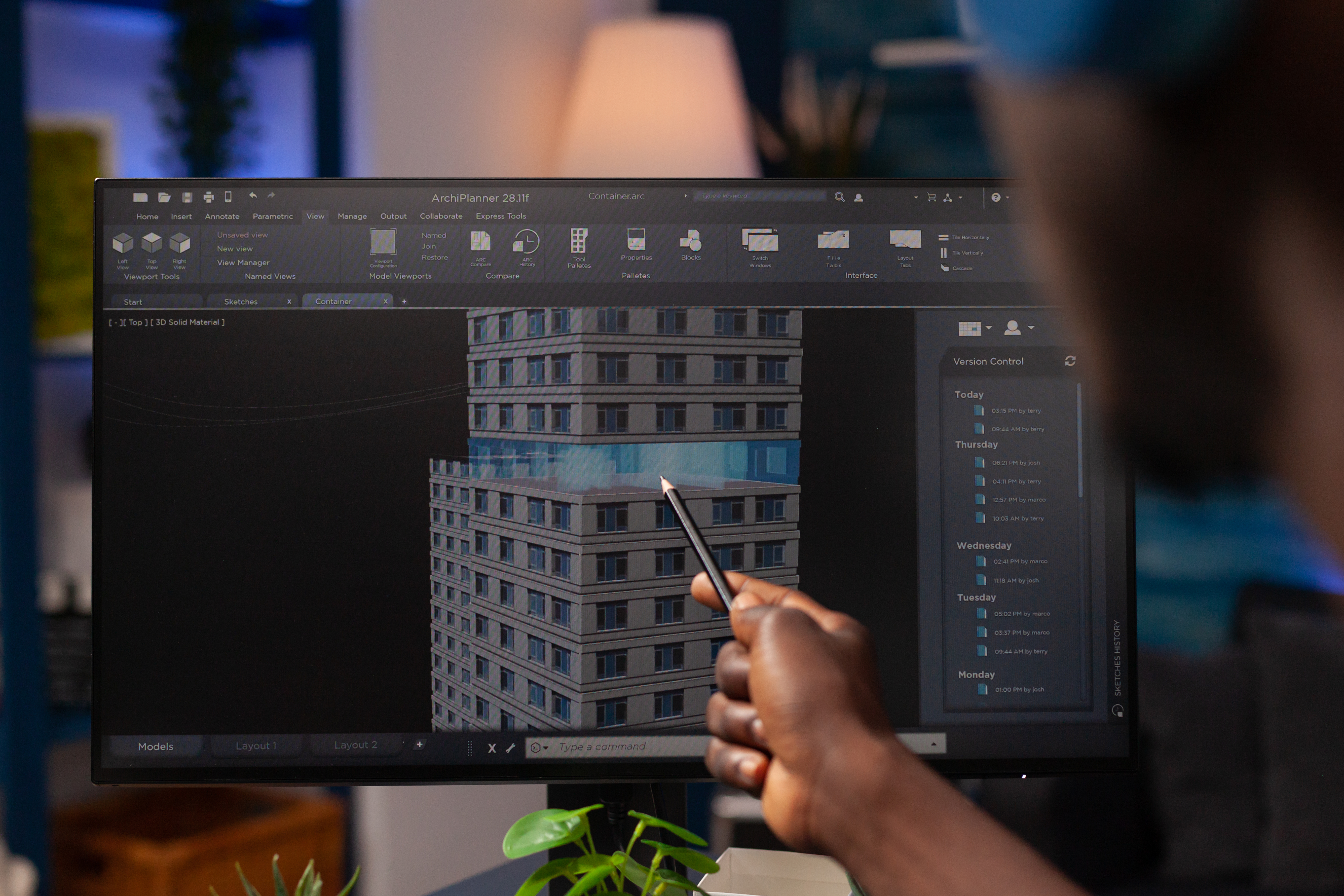Technology Details
Building Information Modeling
Building Information Modeling (BIM) has revolutionized the architecture, engineering, and construction (AEC) industry, particularly within the context of EU projects. BIM serves as a comprehensive digital representation of the physical and functional characteristics of a facility. Within the realm of software solutions, Autodesk's Revit stands out as a leading BIM platform, offering tools that facilitate collaborative design, visualization, and simulation. Through the integration of Revit, EU projects have been able to achieve enhanced efficiency and accuracy in the design and construction phases. One of the pivotal applications of BIM, particularly in the EU context, revolves around optimizing energy consumption and assessing environmental impacts. By simulating building performance, stakeholders can evaluate various design scenarios to minimize energy usage, thereby reducing carbon footprints and promoting sustainable development goals. Additionally, BIM platforms like Revit enable the incorporation of real-time data, enabling stakeholders to make informed decisions that align with environmental regulations and standards set forth by the European Union.
The technology employed in the projects extends beyond mere design and visualization; it encompasses a holistic approach to building lifecycle management. Through the utilization of BIM platforms, such as Revit, stakeholders can optimize buildings for functionality, energy efficiency, and sustainability. Advanced simulation tools embedded within these platforms allow for the analysis of environmental effects, such as daylighting, thermal performance, and material sustainability. By leveraging BIM technologies, EU projects can realize cost savings through reduced waste, improved construction timelines, and enhanced building performance post-occupancy. Moreover, the integration of artificial intelligence and machine learning within BIM platforms offers predictive capabilities, enabling proactive maintenance and lifecycle management. As the EU continues to prioritize sustainable development and innovation, the capability of creating robust BIM platforms becomes paramount. By harnessing the power of Autodesk's Revit and other advanced technologies, stakeholders in EU projects can collaboratively design, construct, and manage buildings that resonate with environmental stewardship, energy efficiency, and technological advancement.

